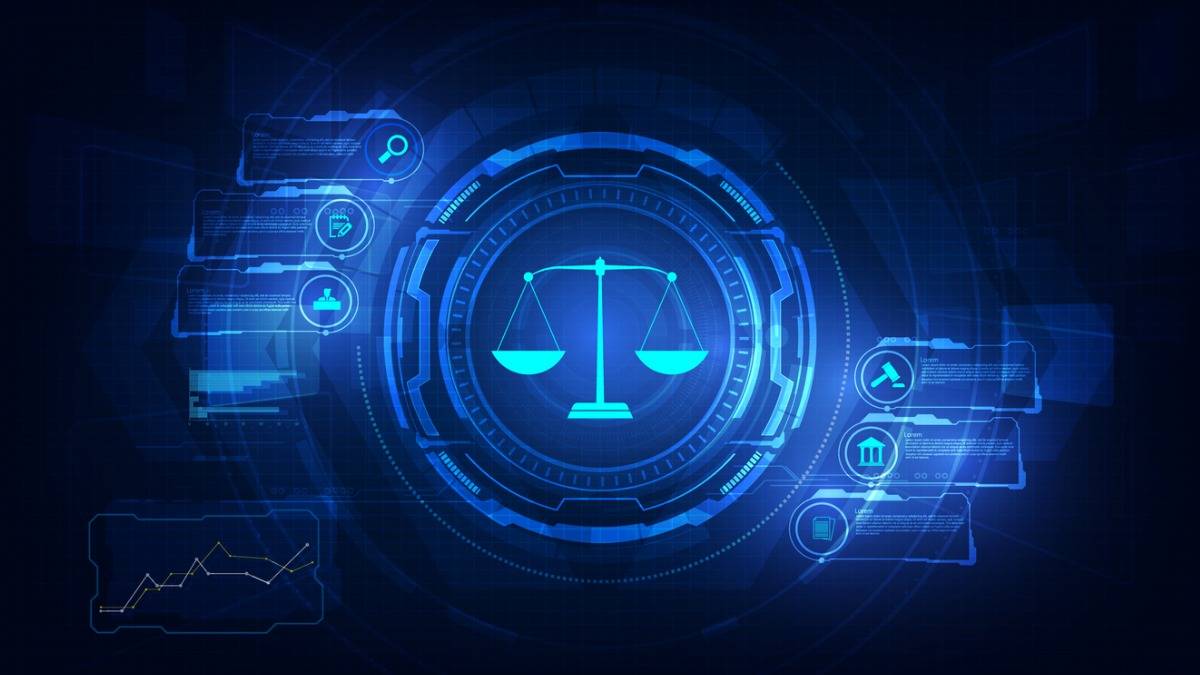In an era where our lives are increasingly digitized—from banking and shopping to communication and data storage—cybercrime has emerged as one of the most pervasive threats to individuals, businesses, and governments alike. As criminals become more sophisticated in the digital space, Cybercrime Law must evolve to match pace, offering both protection and prosecution in the virtual battlefield.
🌐 What is Cybercrime?
Cybercrime refers to any criminal activity that involves a computer, networked device, or a network. These crimes can range from data breaches and identity theft to cyberbullying and digital terrorism. Some common types of cybercrimes include:
-
Hacking & Unauthorized Access
-
Phishing & Online Scams
-
Ransomware Attacks
-
Cyberstalking & Online Harassment
-
Data Theft & Intellectual Property Infringement
-
Digital Defamation & Identity Fraud
⚖️ Legal Framework in India
India’s primary legal instrument for cybercrime is the Information Technology Act, 2000, which was amended in 2008 to address growing threats. Key provisions include:
-
Section 43: Penalties for damage to computer systems.
-
Section 66: Covers hacking, data theft, and identity fraud.
-
Section 66A–F: Cyberterrorism, publishing offensive content, and violation of privacy.
-
IPC Provisions: Sections like 379 (theft), 420 (cheating), and 499 (defamation) are also invoked in cybercrime cases.
India also has CERT-In (Indian Computer Emergency Response Team), which monitors cybersecurity incidents and coordinates responses.
🧠 Why Cybercrime Law Matters
-
Protects Privacy & Data: Safeguards against misuse of personal and financial data.
-
Ensures National Security: Prevents cyberterrorism and espionage.
-
Promotes Safe Digital Economy: Builds trust in online banking, e-commerce, and fintech sectors.
-
Supports Victims: Provides legal recourse for those affected by cyberbullying, revenge porn, and digital fraud.
🚨 Challenges in Cybercrime Law Enforcement
-
Jurisdictional Issues: Cybercrimes often span across borders.
-
Anonymity of Offenders: Makes detection and tracking difficult.
-
Lack of Awareness: Victims often don’t report or recognize cybercrimes.
-
Need for Up-to-Date Laws: Rapid tech innovation often outpaces existing legislation.
🔐 Staying Safe in the Digital World
While laws provide a framework for justice, prevention starts with awareness:
-
Use strong, unique passwords.
-
Enable two-factor authentication.
-
Avoid clicking on suspicious links.
-
Update software regularly.
-
Report incidents promptly to cybercrime cells or through the National Cyber Crime Reporting Portal.

